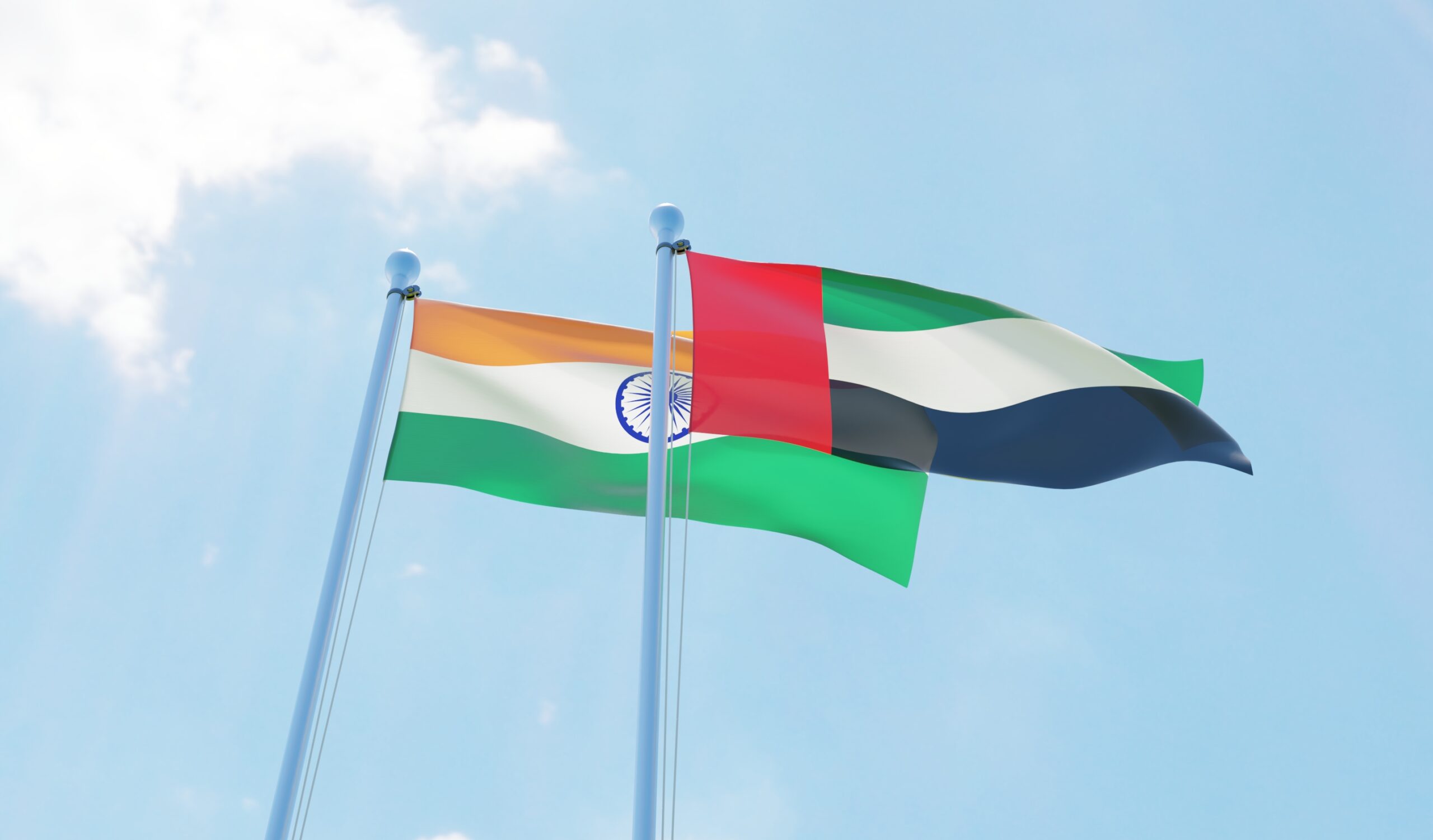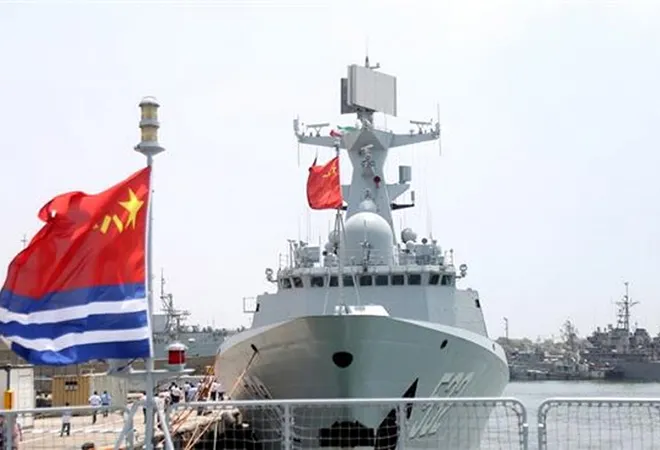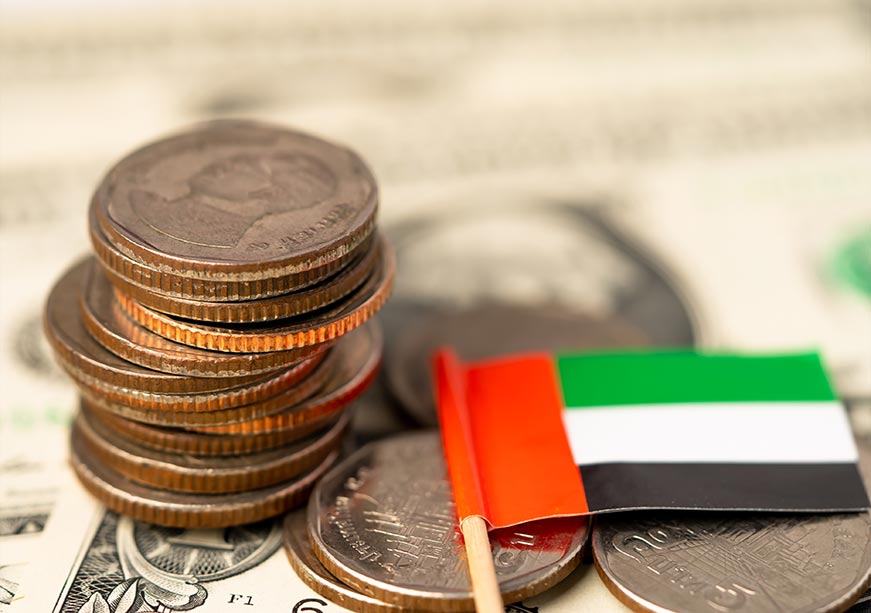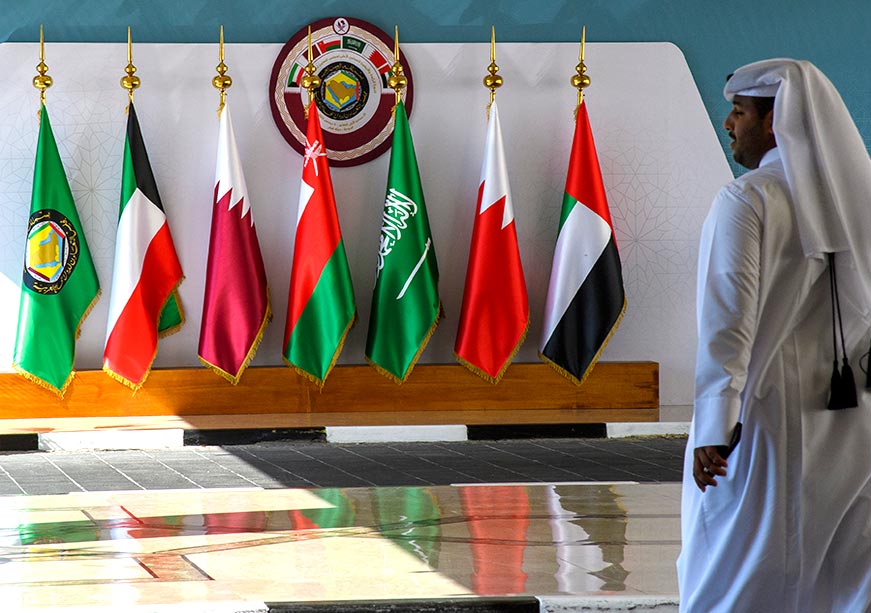India and the UAE are forging a future-focused energy alliance through strategic cooperation in nuclear power, critical minerals, and green hydrogen
The energy partnership between India and the United Arab Emirates (UAE) has evolved into a cornerstone of their bilateral relations, driven by mutual interests in energy security, technological collaboration, and sustainable development. Over the past decade, the two nations have expanded their cooperation beyond traditional hydrocarbon trade to encompass cutting-edge domains such as civil nuclear energy, critical mineral supply chains, and green hydrogen production.
This transformation reflects both countries’ ambitions to position themselves as global leaders in the energy transition while addressing domestic economic priorities. Their collaboration spans many agreements, joint ventures, and long-term strategic initiatives. This partnership is further strengthened by deeply rooted cultural ties and a shared vision for regional stability, exemplified by recent high-level engagements, including the April 2025 visit of H.H. Sheikh Hamdan bin Mohammed Al Maktoum, Crown Prince of Dubai, who emphasised “the familial bond” between the nations.
Nuclear Energy Cooperation: Operationalising the Barakah Partnership
The landmark Memorandum of Understanding (MoU) signed in September 2024 between India’s Nuclear Power Corporation of India Limited (NPCIL) and the UAE’s Emirates Nuclear Energy Company (ENEC) marks a paradigm shift in bilateral relations. Under this agreement, Indian nuclear engineers and technicians will participate in the operations and maintenance of the Barakah Nuclear Power Plant, the Arabian Peninsula’s first nuclear facility. The $20 billion plant, comprising four reactors with a combined capacity of 5,600 MW, became fully operational in 2023 under South Korean technical oversight. India’s entry into this project signifies the UAE’s confidence in India’s nuclear expertise, developed through decades of operating 24 domestic reactors with a total capacity of 8,180 MW (as of July 2024), including indigenous pressurised heavy-water reactors (PHWRs) at facilities like Kudankulam.
This collaboration between the two nations extends beyond technical assistance to encompass expertise sharing, supplier sourcing, human resource development and nuclear consulting services in future nuclear projects. The MoU establishes a framework for NPCIL and ENEC to cooperate on sourcing nuclear goods and services, operational best practices, and safety protocols. For India, the Barakah partnership provides critical opportunities to validate its indigenously developed 700 MW PHWRs in international markets. At the same time, the UAE gains access to India’s cost-competitive nuclear supply chain and operational experience in diverse climatic conditions. The agreement also aligns with the 2022 India-France-UAE trilateral framework, which identified nuclear energy as a key area for technological collaboration, enhancing India’s credentials as a responsible nuclear power and potentially easing its access to global nuclear trade networks under the Nuclear Suppliers Group (NSG) regime.
Critical Minerals: Securing Supply Chains for the Energy Transition
The September 2024 MoU between UAE’s International Resources Holding (IRH) and an Indian consortium comprising Oil India Limited (OIL), Khanij Bidesh India (KABIL), and Oil and Natural Gas Corporation Limited (ONGC) Videsh marks a significant step in addressing both nations’ critical mineral deficits. This strategic partnership aims for global collaboration in securing a comprehensive supply chain for critical minerals, focusing on project identification, due diligence, development strategies, risk management, and offtake strategies. India’s National Critical Minerals Mission (2024), backed by a budget of ₹34,300 crore, aims to secure supply chains through domestic exploration and international partnerships, thereby reducing dependence on lithium and cobalt imports. The UAE, seeking to diversify its economy beyond hydrocarbons, is leveraging its financial capacity to acquire global mining assets, complementing India’s geological survey expertise.
Green Hydrogen: Building a Transnational Value Chain
India and the UAE aim to be the global leaders in green hydrogen production, capitalising on their complementary advantages in renewable energy resources and industrial capacity. The UAE leads in cost competitiveness, with a 2023 levelized cost of hydrogen (LCoH, measured in US dollars) at $2.7/kg, projected to fall to $1.7/kg by 2030, while India follows closely at $3.2/kg (2023), expected to reach $1.8/kg by 2030.
The UAE National Hydrogen Strategy and India’s Green Hydrogen Mission, while having their distinct national contexts, exhibit significant complementarity that can be leveraged for mutual benefit in the global green hydrogen landscape. The UAE strategy aims to position the nation as a top global producer of low-carbon hydrogen by 2031, encompassing both blue hydrogen (from natural gas with Carbon Capture and Utilisation technologies, or CCUs) and green hydrogen (from renewables). It focuses on decarbonising domestic industries and establishing itself as a key energy exporter, leveraging its existing energy infrastructure and strategic geographic location. The UAE is actively pursuing collaborations and developing infrastructure, including potential hydrogen oases, to facilitate both domestic use and export of hydrogen and its derivatives like ammonia. Their 2031 production target is 1.4 million tonnes per annum (mtpa) of low-carbon hydrogen.
In contrast, India’s National Green Hydrogen Mission, launched in 2023, has the ambitious goal of establishing the country as a global hub for Green Hydrogen production, usage, and export, specifically focusing on hydrogen produced from renewable energy sources. India possesses vast potential for abundant and cost-effective renewable energy like solar and wind, crucial for large-scale green hydrogen production. The mission aims to drive down production costs through incentives, boost domestic demand by mandating consumption in specific sectors, and facilitate exports through supportive policies. India has set a target to develop a Green Hydrogen production capacity of at least 5 MMT per annum by 2030. Given India’s focus on green hydrogen and the UAE’s strategic need to meet growing global demand for clean energy and potentially diversify its hydrogen export portfolio beyond blue hydrogen, a partnership between the two nations holds considerable promise. India can be a reliable supplier of cost-competitive green hydrogen to meet the UAE’s export ambitions and domestic needs as the world transitions towards cleaner fuels, while the UAE’s established infrastructure, financial resources, and export expertise can facilitate the global distribution of Indian green hydrogen. This synergy can accelerate the deployment of green hydrogen technologies and contribute significantly to both nations’ energy transition and decarbonisation goals.
Conclusion
The India-UAE energy partnership exemplifies how historical ties can evolve into a multifaceted alliance addressing 21st-century challenges. In nuclear energy, their complementary capabilities in plant operations and technology development create a model for South-South cooperation. The critical minerals alliance demonstrates innovative approaches to securing supply chains through joint exploration and processing investments, while green hydrogen collaborations showcase how policy alignment and technological co-creation can accelerate cost reductions in clean energy.
With bilateral trade projected to reach US$ 100 billion by 2030, sustained energy collaboration will remain pivotal in achieving climate and economic goals, reshaping global energy geopolitics, and reinforcing the “familial bond” articulated by both leaderships. This partnership not only underscores the strategic convergence of two nations but also offers a blueprint for Global South cooperation in balancing development with sustainability.
Rakshith Shetty is a Consultant with the Ministry of Commerce and Industry, Government of India.












